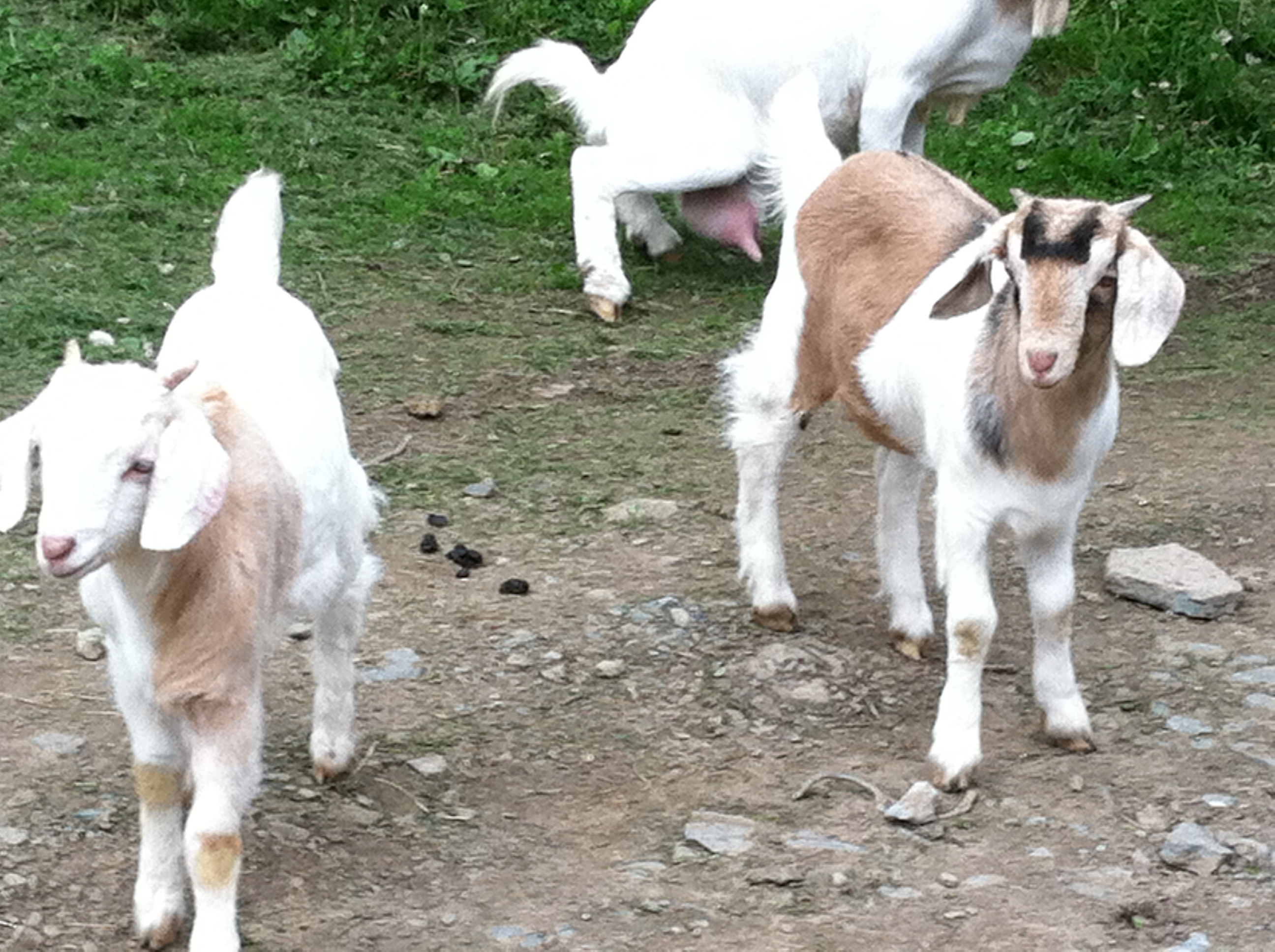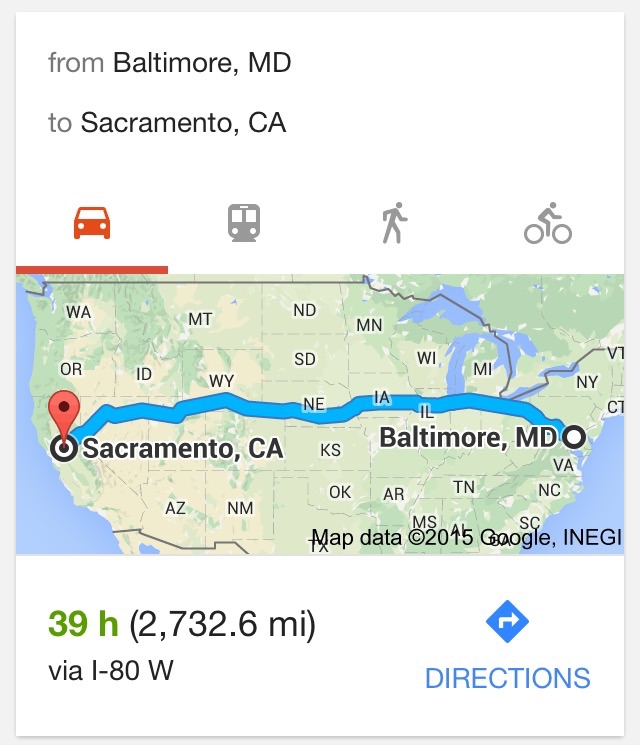Excerpted rom Mother Nature Network:
This morning the Environmental Working Group has released its 2011 Shopper’s Guide to Pesticides in Produce. They gave us a list of the most recent Dirty Dozen fruits and vegetables, those with the heaviest pesticide residues. Apples are at the top of the list this year.
The good news is that there is a bottom of the list, the Clean 15.
When the USDA tested these 15 fruits and vegetables, the least amount of pesticide residue was found on them. The EWG calculates that “consumers who choose five servings of fruits and vegetables a day from EWG’s Clean 15 list rather than from the Dirty Dozen can lower the volume of pesticides they consume by 92 percent.”
Here is the list of the Clean 15.
- Onions
- Sweet corn
- Pineapples
- Avocado
- Asparagus
- Sweet peas
- Mangoes
- Eggplant
- Cantaloupe – domestic
- Kiwi
- Cabbage
- Watermelon
- Sweet potatoes
- Grapefruit
- Mushrooms
Since organic produce at the grocery store is usually more expensive than conventionally grown produce, choosing from this list of conventionally grown fruits and vegetables may help you stay within your grocery budget while limiting your exposure to harmful pesticides.
But what if you want apples or some of the other foods that turn up high on the Shopper’s Guide to Pesticides in Produce? Here are a few tips to that will help you get the variety you’d like while not breaking your budget.
- Buy locally and in season. When produce is in season, it’s more plentiful and it should be less expensive than other times of the year. Use the free Locovore app on your smartphone or Epicurious’ online Seasonal Ingredient Map to find out what is in season right now.
- Pick your own. Again, this is a way of buying locally and seasonally, but you’ll get even more bang for your buck if you pick your own. A few weeks ago, I picked a little more than 9 pounds of strawberries for $20. That’s a little more than $2/pound. It’s a great price.
- Learn to preserve food. If you do get seasonal produce at a great price, preserve some of it for eating when it’s out of season. You don’t have to know how to can (although learning how to can is a skill you’ll be happy to have). You can freeze seasonal berries or make a large batch of slow cooker applesauce in the fall and freeze it in small containers. Freezing takes no special skills.
- Buy in bulk. Some grocery stores sell bags of organic apples or organic potatoes for less per pound than if you bought them by the piece. My local Wegmans sells a 5-pound bag of organic apples for only $1 more than a bag of conventionally grown apples. They’re usually small apples, so I get 12-15 per bag, and they are great for the kids.
-
Grow your own. Take a look at the Dirty Dozen and some of the other fruits and vegetables near the top of the list and see if you can grow any of them yourself. Cilantro came at number 13. If you have a sunny spot on a windowsill or a fire escape, you can grow potted herbs. Sweet bell peppers (number 8) can be grown in a small pot also. If you have a large sunny yard, consider planting apple trees or blueberry bushes as a long-term investment.
Of course, it would be great if all the fruits and vegetables we ate were organic, and if it’s something you can afford, good for you. But for many of us, balancing our budgets with our need to eat healthy, nutritional foods takes a little juggling. Using the Environmental Working Group’s Shopper’s Guide to Pesticides in Produce along with eating seasonally and locally can help with that juggling act.
You can get pocket guides and phone apps here: http://www.ewg.org/foodnews/























